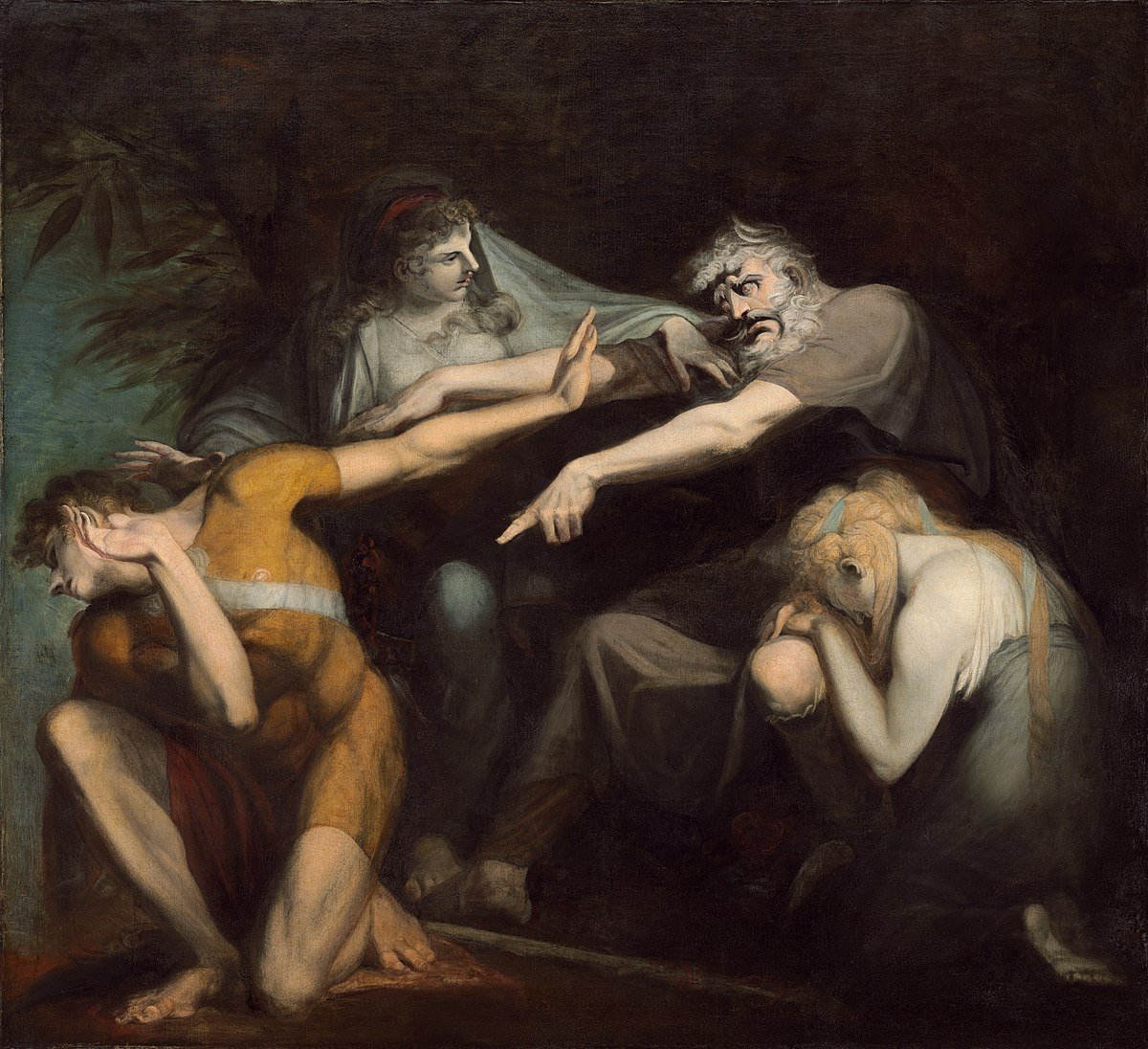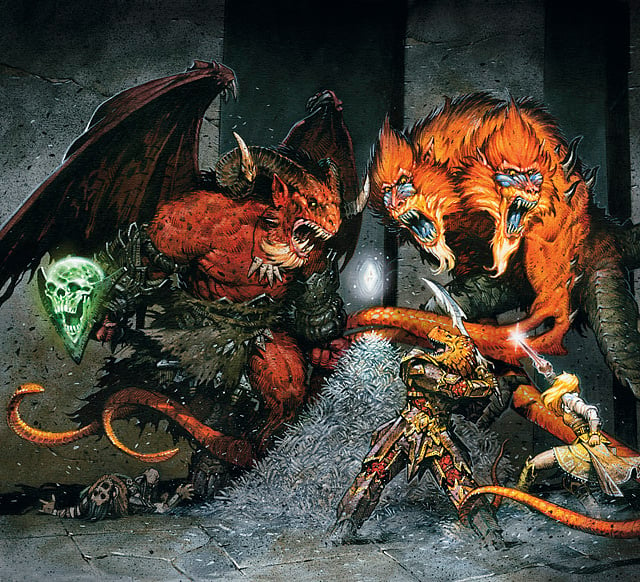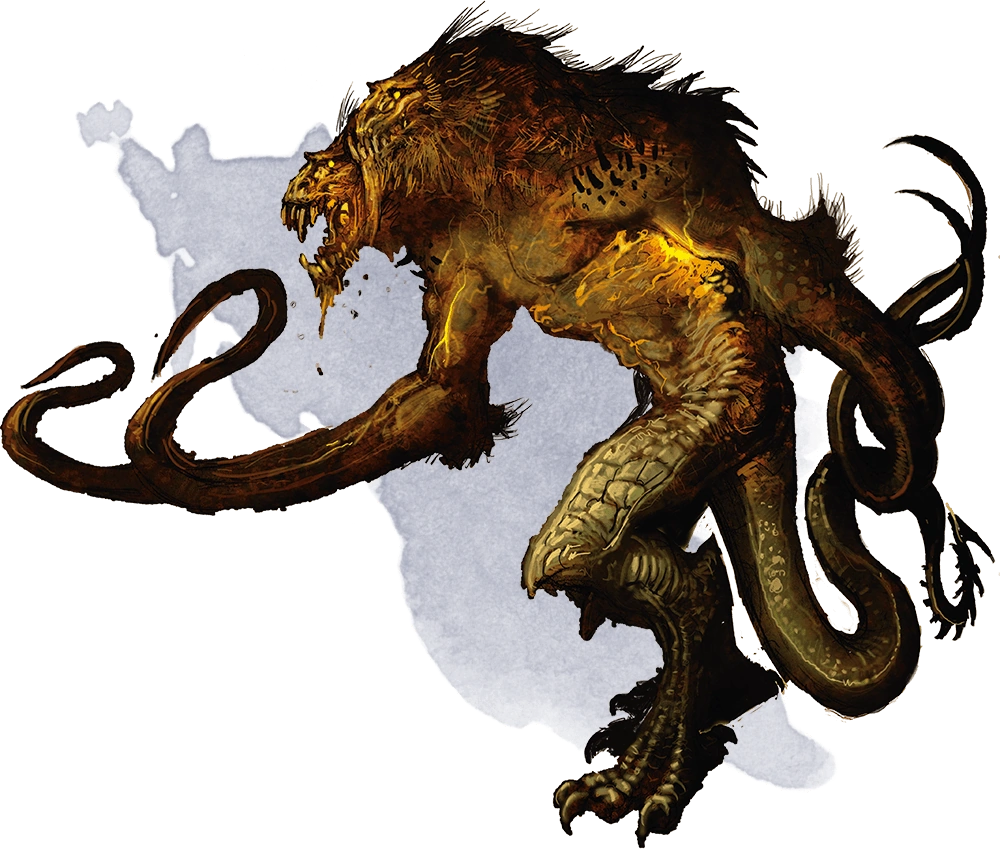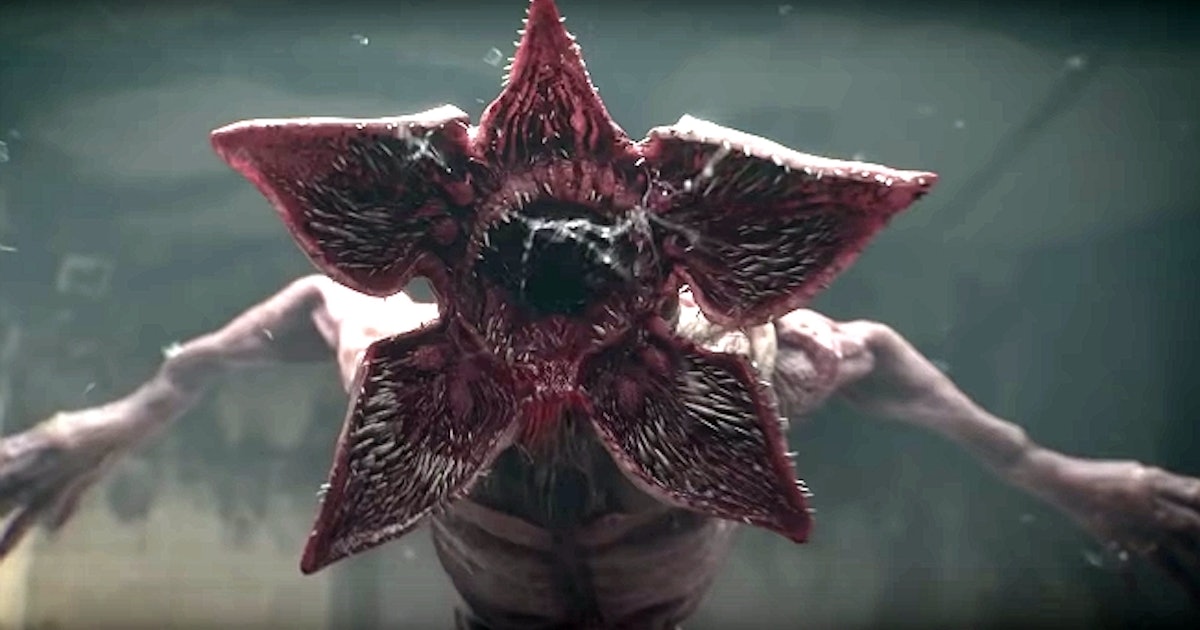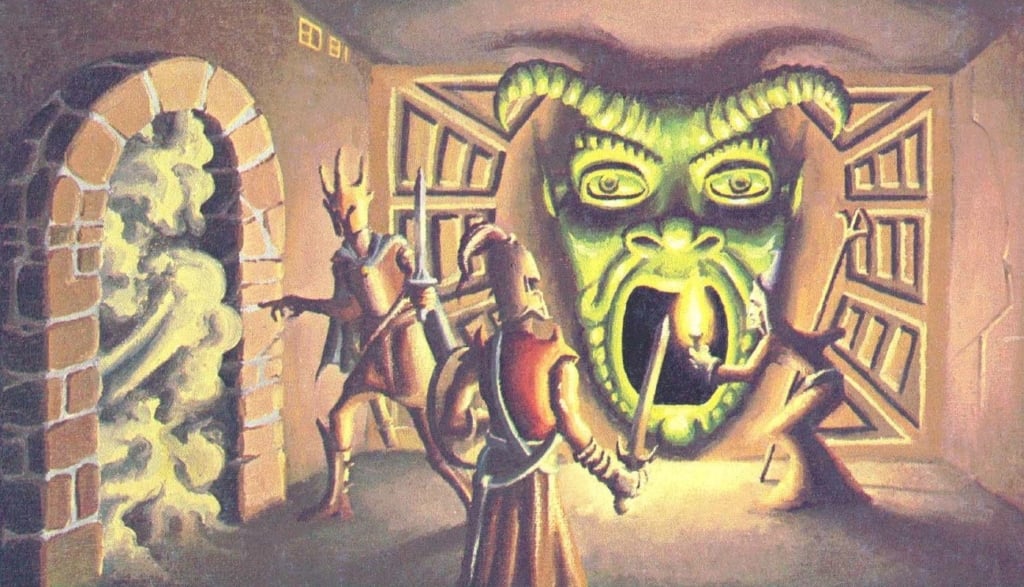The Demogorgon: ‘Stranger Things’ and D&D’s Horror Icon Has a Very Dark History
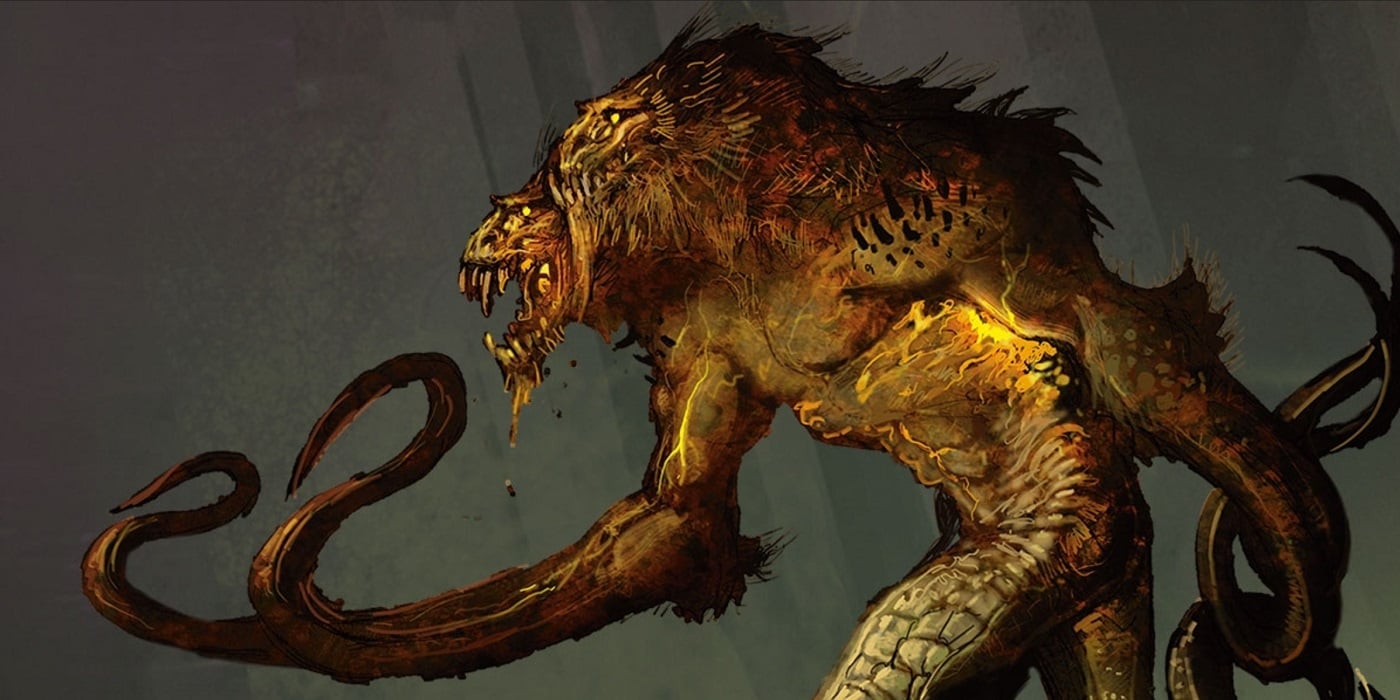
Demogorgon! Who (or what) is it? A two-headed demon lord? A Lovecraftian monster with a flower for a face? Yes! The horrific answer is yes.
Greetings adventurers, tattooed psychics, and fans of Corroded Coffin! The residents of Hawkins, Indiana were unprepared for the horrors waiting on the flipside of their quiet town. Over the past four seasons, Hawkins has played host to horrible monsters from beyond the veil of reality, and a small cadre of kids have named them after the monsters they faced in their favorite game.
Of the monsters, the Demogoron is the one that comes to mind the fastest. Though Vecna has proven to be the most dangerous of all the villains Eleven and the gang faced so far, the Demogorgon is still the most famous and iconic Stranger Things monster.
But is there more to the beast than a Venus Flytrap face and appetite for abandoned best friends? Obviously the creature gets its nickname from Dungeons & Dragons—but the creature’s lore goes deeper than even that.
Table of contents
He Was Born In… Roman Poetry?
Before Eleven pulled the skinny flower child out of the Upside Down, Demogorgon (sans “the”) was a dreaded boss fight from early Dungeons & Dragons. But his (yes, his–he’s an entity) origins go back even further—all the way to a subtle mistranslation.
In the early years of the Common Era, the Roman poet Statius wrote Thebaid, an epic poem revolving around princely brothers warring over the city-state of Thebes. At one point in the poem, Statius refers to, “the supreme being of the threefold world,” likely referring to the earthly realm, the underworld, and the realm of the gods. During a medieval commentary, a scholar states, “Dicit deum Demogorgona summum, cuius scire nomen non licet,” which translates roughly to, “He refers here to the supreme god Demogorgon, whose name is forbidden.”
Though the truth of this take is questionable, this firmly planted the idea of “Demogorgon” in scholarly minds. So much so that he was referred to as the father of the wild god Pan, the father of the god Hermes, and even Kronos himself. In later Christian texts, he was added to the pantheon of hell alongside Orcus (another D&D baddie) and Ades. Whether this was the intent of Statius or simply an opinion becoming a fact is still unknown. Either way, this simple slip gave us one of the most iconic creatures in two fandoms.
Prince Demogorgon Comes to Dungeons & Dragons
After a few (hundred) years, Demogorgon came back as a powerful enemy in the Dungeons and Dragons roleplaying game. He first appeared in the original printing of the game in the Eldritch Wizardry sourcebook in 1976. Since then, he has appeared as an enemy in every edition. He even showed up in the Drizzt series of novels by R.A. Salvatore and served as a boss in the second Baldur’s Gate video game.
These days, he reigns as the supreme Lord of the Abyss and the most powerful of the demon lords. If you want to try your hand against him in a prewritten campaign, check out the Into the Abyss campaign book. This will see your party of adventurers journeying through the Underdark to stop a Drow cult from raising the demons.
D&D: Demogorgon Through the Years
Though his exact look has changed a few times over the years, the basic design has remained the same. He is a bestial creature with two feral heads and tentacles for arms. The heads have varied over time, but they always have a vaguely simian look, usually akin to a Mandrill or Baboon. Don’t let his look fool you, however; Demogorgon is fiercely intelligent and able to cast powerful spells. Even his gaze is deadly, and the touch of his infernal tentacles can sap the vitality of those they touch. If you encounter this terrible foe, it might be best to turn the other way unless you’re VERY well-equipped.
The Demogorgon in Stranger Things
These days, most people know the Demogorgon as the skinny pale fellow with the horrifying face that chased a group of tweens through Indiana. When the creature first started to drag people into the Upside Down (#JusticeforBarb), we didn’t get a good look at it. But when Will Beyers was taken, his friends needed something to call the monster that took him.
They were playing D&D at the time, so they decided to name the monster after the boss of their current campaign, Demogorgon. As the series progressed, the power scaling got a little off. Sorry, but calling the giant terrible monster the Mind Flayer and the tiny foot soldiers Demogorgon still irks me. But the naming convention stuck.
The Demogorgon is a pale, approximately 6 ft. 10 in. tall humanoid with no features aside from its giant maw. When closed, its mouth resembles the bud of a plant, with no visible eyes, ears, or nostrils. When open, the flaps are revealed to have rows of sharp teeth surrounding a circular central mouth resembling a lamprey’s. Whether the goal of the creature was to consume the psychic children like El, find new recruits or victims for Vecna, or simply survive in a world not its own, we don’t yet know.
One thing we do know? We’re not keen on being stuck alone in a room with either of them.

